WWDC 2025: Apple’s Most Pivotal Year Yet?
Apple Worldwide Developers Conference 2025
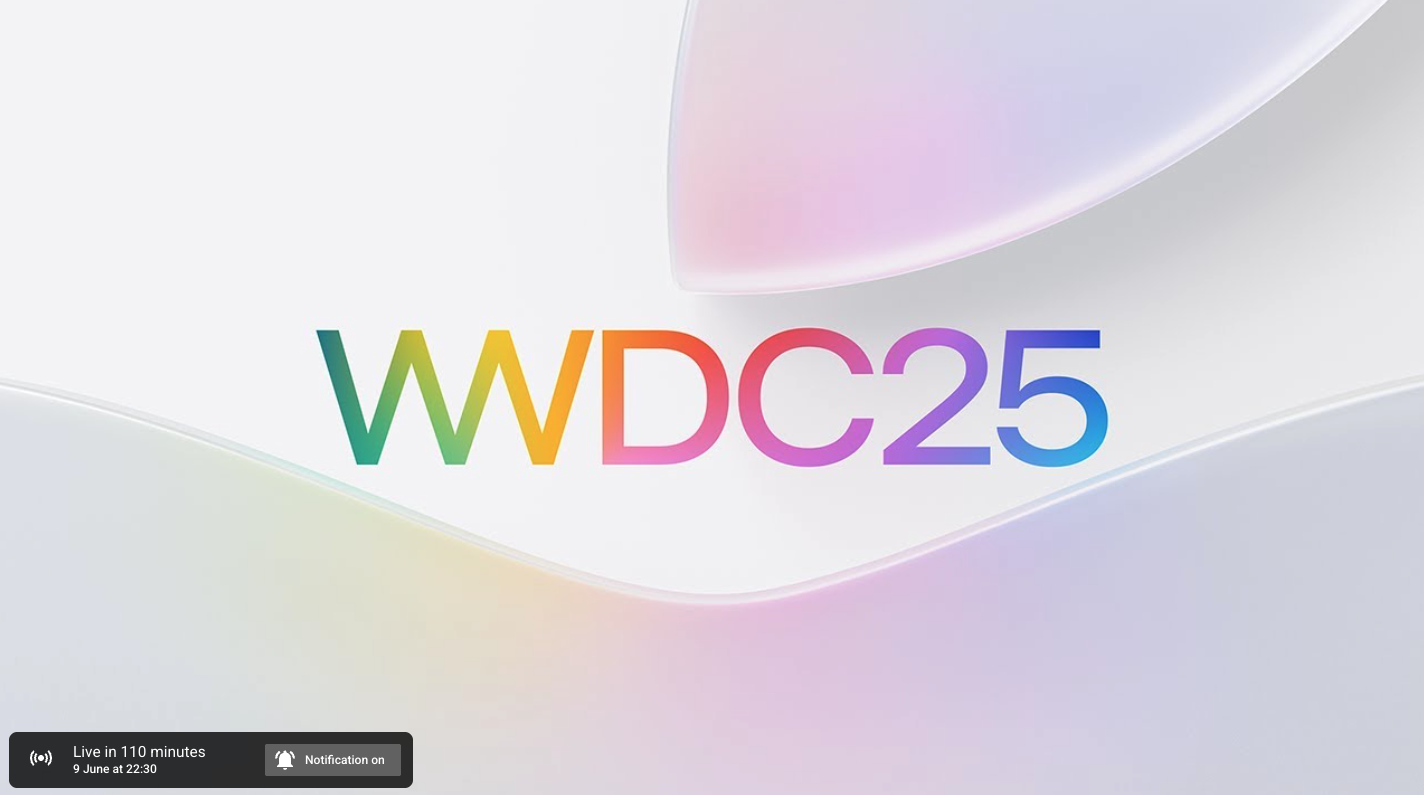
APPLE
WWDC 2025: Apple’s Most Pivotal Year Yet?
June 9–13, 2025. Apple Park. Another year, another WWDC. But something feels different this time — not just evolutionary tweaks, but a rethinking of Apple’s entire ecosystem. Call it a recalibration or even a rebranding, but this year might mark one of the most forward-facing WWDCs since the original iPhone SDK announcement.
And yes, it all starts with a number.
Google I/O 2025

Just a few weeks before WWDC 2025, Google took the stage at its I/O 2025 event and fired on all AI cylinders. The message was clear: AI isn’t just an add-on — it’s at the core of Google’s next decade.
While the event leaned heavily into AI-first everything, a few announcements stood out:
• Gemini 2.5 Pro: A refined large language model with a new “Deep Think” mode that boosts reasoning, memory, and code generation. It’s Google’s most advanced AI yet — and it’s integrated across Workspace and Android.
• Veo 3: An impressive leap in generative video. Think text-to-video, but now with higher fidelity, smoother transitions, and even audio generation that mimics real dialogue and sound effects.
• Imagen 4: Google’s new image generation model is ultra-crisp and contextually aware, with upgrades that make it a serious competitor to Midjourney and DALL·E.
• Gemini Live: Their next-gen assistant experience — combining voice, camera, and on-device intelligence for real-time help. It’s like Google Assistant, but with the personality and horsepower of Gemini.
• AI Overhaul of Search: Google Search now has an “AI Mode” that turns queries into conversational threads, moving beyond ten blue links and into full-on reasoning and summarisation.
All of this signals a shift: the AI race is no longer hypothetical. With these updates, Google threw down the gauntlet. Now, all eyes turn to Apple and WWDC 2025.
From iOS 18 to iOS 26 — What Just Happened?

When Apple announced the jump from iOS 17 straight to iOS 26, it wasn’t just a marketing gimmick — it was a signal. The decision to align version numbers across iOS, iPadOS, tvOS, and watchOS with macOS (which hit version 26 last year) was long overdue. Behind the scenes, this is likely to simplify development across platforms, especially with SwiftUI and shared codebases.
But there’s also a psychological nudge here. Apple wants us to think of all their platforms as peers, not big brother macOS and baby cousin iOS. Everything’s unified now. In version. In design. In intelligence.
A New Look: Digital Glass
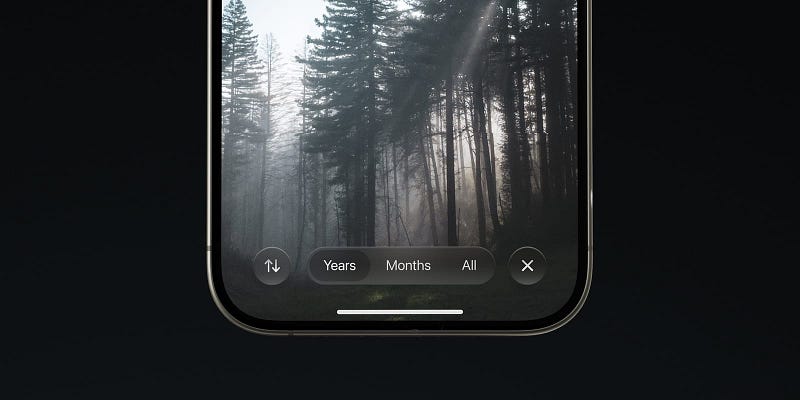
If you thought VisionOS was just a niche offshoot for the Vision Pro, think again. Mark Gurman wasn’t just speculating when he mentioned a “Digital Glass” redesign for iOS 26 — it’s real, and it’s everywhere.
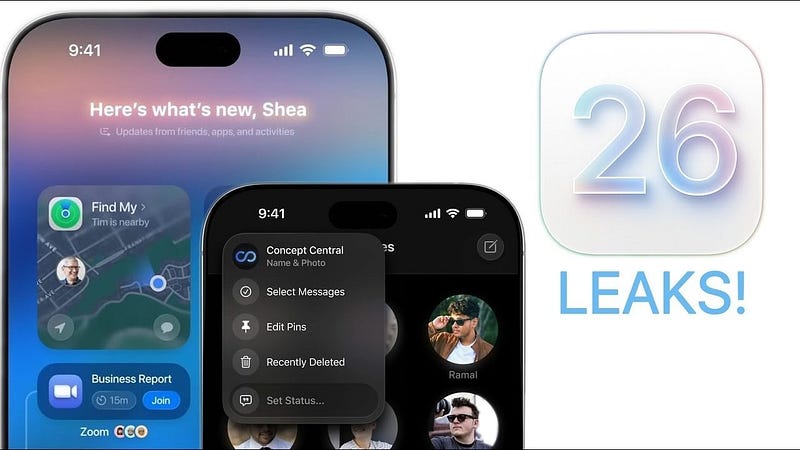
What does that mean practically? Imagine blurred, frosted panels floating like layers of glass. More depth. More shadow. A UI that feels like it’s hovering, not sitting on your screen. The metaphor? Interfaces are becoming portals, not panels.
This isn’t skeuomorphism. It’s not flat design either. It’s something else: immersive minimalism.
Enter: Apple Intelligence

There’s no ignoring the buzz around AI, especially when it’s not just generative, but agentic. At WWDC 2025, Apple is finally ready to stop playing catch-up and start leading.
Under the banner of “Apple Intelligence,” we’re expecting a full suite of updates:
• Battery optimisation that learns your patterns (hello, two-day iPhone battery life).
• On-device AI inference using Apple Silicon — privacy-first intelligence, the way Apple loves it.
• A new Siri that can tap into either ChatGPT or Gemini, depending on context. Think proactive suggestions, better understanding of follow-up questions, and seamless integrations with apps like Messages, Notes, or Mail.
You won’t just ask Siri to “remind me to call mom.” You’ll say, “Organise everything I need before the flight next week,” and Siri will generate a checklist, set reminders, suggest outfits based on the weather, and maybe book your Uber to the airport.
Game Centre Isn’t Dead — It’s Evolving
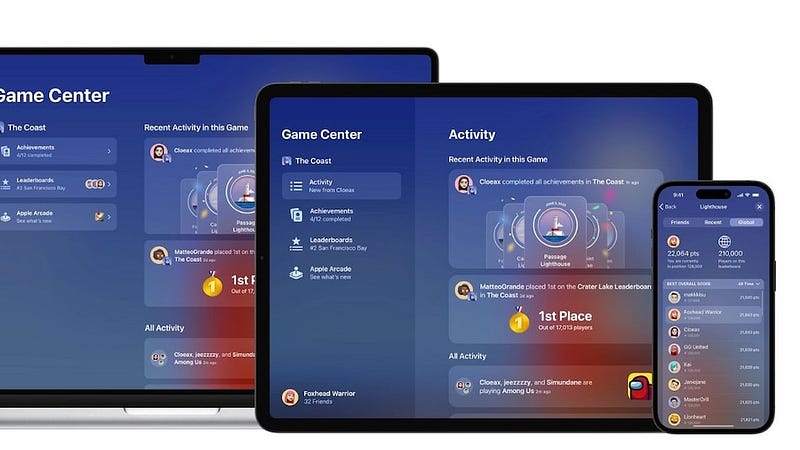
Apple quietly updated Game Centre in iOS 25, but rumours suggest a major revival is coming. A redesigned dashboard, real-time leaderboards, and perhaps even spatial gameplay elements through ARKit and Vision Pro.
Gaming isn’t just for kids anymore. Apple knows it. And with the M4 chip outperforming laptops, there’s no excuse not to go bigger.
CarPlay Gets a Facelift
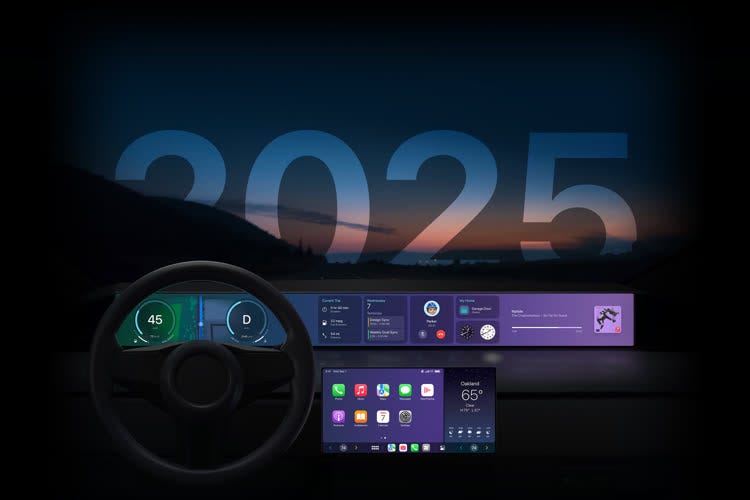
CarPlay’s been consistent — and a little boring. That might change this year.
We’re hearing about customizable instrument clusters, better third-party integration, and new widgets. Think Tesla UI but with Apple’s polish — real-time tire pressure, EV charging status, and even in-car FaceTime via rearview camera.
The car dashboard could soon be your second home screen.
iPadOS 26 — Finally Finding Its Voice?
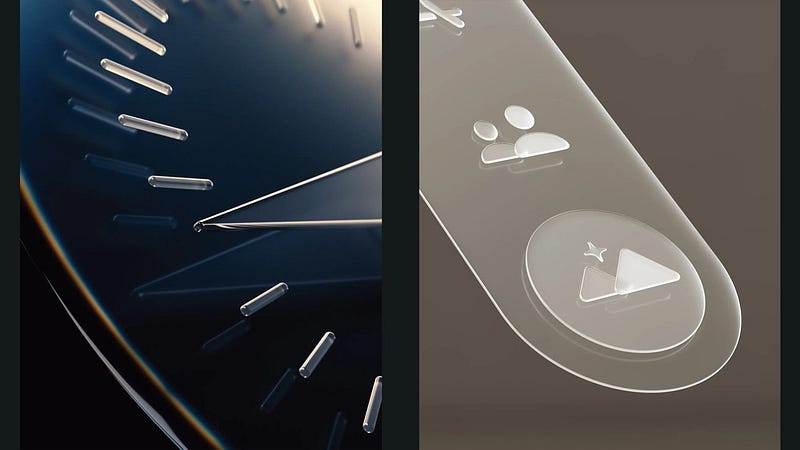
For years, the iPad Pro has had the hardware of a MacBook and the OS of a stretched iPhone. In 2025, that might finally change.
Expect Stage Manager to become usable. Multitasking is not an afterthought. And perhaps, finally, full pro app parity across platforms. Logic Pro and Final Cut are already on iPad. Now, imagine Xcode joining the party.
The Bigger Picture: Apple’s Strategic Reset
If WWDC 2024 was Apple’s AI teaser, WWDC 2025 is the full embrace. It’s about bringing coherence across devices, experiences, and even naming conventions. It’s about admitting that the future isn’t just hardware-driven or software-defined — it’s contextual, ambient, and intelligent.
And yes, maybe a little more “glass-like.”
If you’re a developer, a designer, or just someone who likes to peek into the future of technology, this WWDC isn’t just another iteration. It might be the most important one in the last decade.
